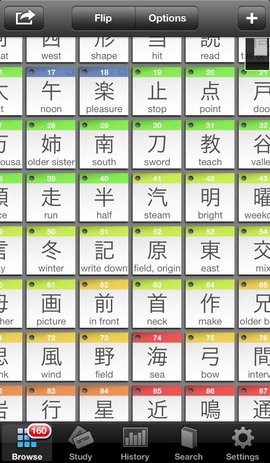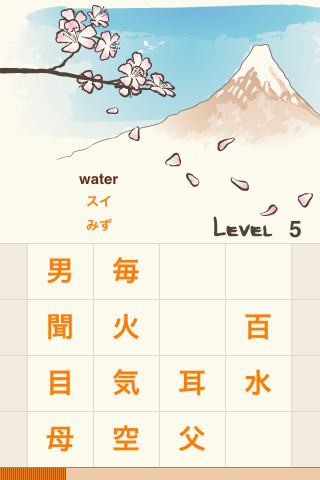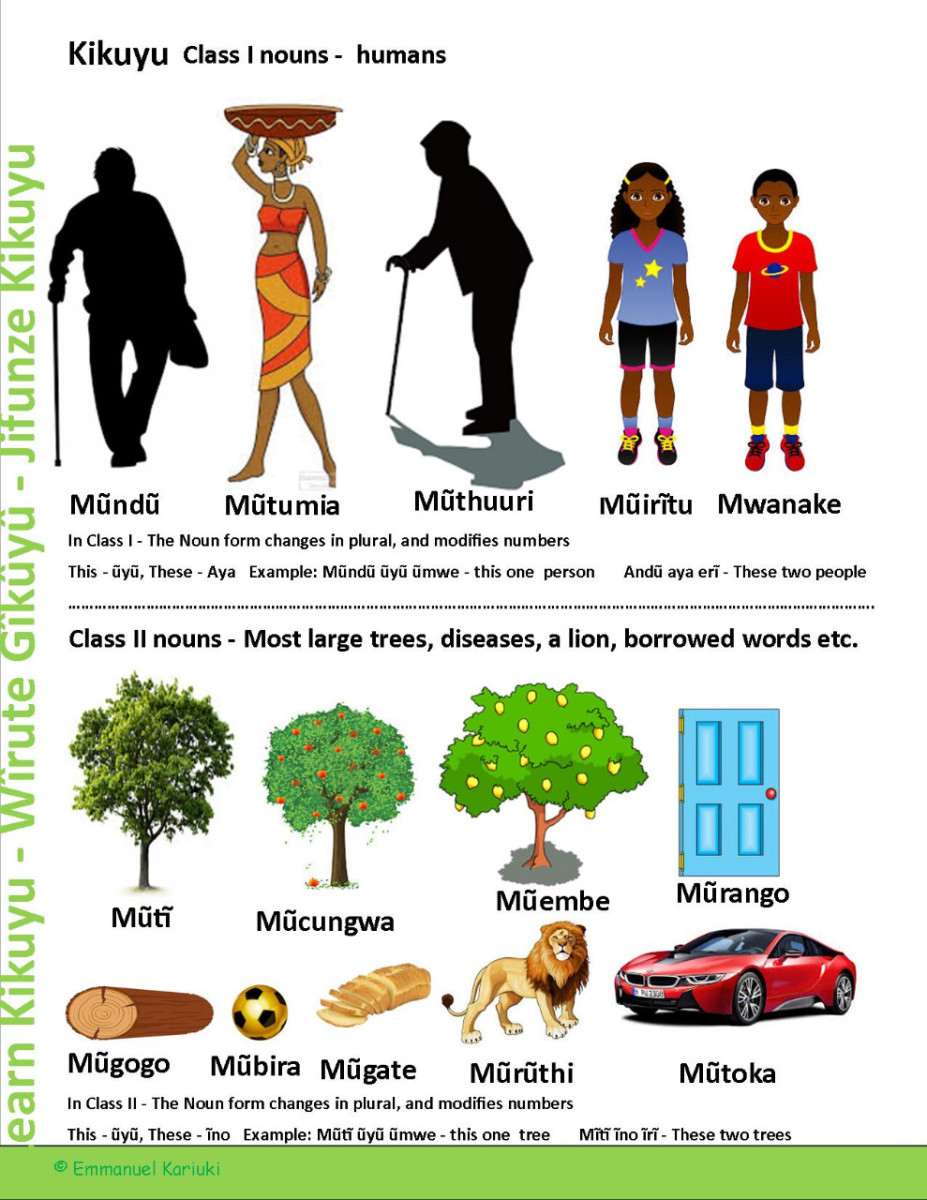How to Use Your iPhone to Learn Japanese Kanji
Probably the hardest part about studying the Japanese language is learning to read and write. There are literally thousands of characters to learn. In the old days, taking on that mighty feat would likely involve a lot of flashcards. These days, you can replace all those actual flashcards with electronic flashcards.
What is Kanji?
Kanji are the Chinese characters used in Japanese writing. They join Hiragana and Katakana to make up the three scripts of written Japanese. While Hiragana and Katakana both have characters which correspond to sounds, Kanji is different. Each kanji character conveys a meaning rather than just a sound. Kanji were originally drawn as pictures from nature. If you want to understand a Japanese newspaper, you'll need to know between 2000 and 3000 kanji.
iPhone Apps to Help You Learn the Kanji
There are plenty of apps available which can help you learn wherever you are. Learning the Kanji is a long, time-consuming process, but it's a process which can be broken up into lots and lots of tiny pieces. Just so long as you always have your phone in your pocket and can always pull it out wherever you are for short bursts of self-study. Let's take a look at five apps to help your learn the kanji.

#1 Sticky Study Kanji
First up is a flashcard app and dictionary with a stack of features. It is a pretty handy app to have on your phone.
Sticky Study Kanji uses a map interface, so that the characters which you are learning is shown as one large map. You can scroll and zoom around and look at each of the sticky notes containing kanji. Each sticky is colour coded according to the progress you have made with learning it.
The dictionary has around 200,000 entries. The app uses the Leitner Study Method, a system of spaced repetition, where cards are reviewed at increasing intervals. You can see animations showing the stroke order of 2000 Kanji. There is also an example sentence database. If you want to try before paying out for this app, there is a lite version available.
#2 iKanji Touch
iKanji Touch from ThinkMac Software is an app which you can use to learn readings and stroke orders of 700 kanji, as well as the English meanings of over 2000 kanji. Kanji are grouped by grade and JLPT. There are reading and meaning tests. There is also a compound test in which you have to complete words by filling in the missing kanji.

#3 Kanji Pop
If fun and games are what you crave, you might like to consider Kanji Pop. A word in English is shown for which you must identity a correct kanji out of a choice of 16. Get them all right within a time limit and you move on to the next level. There are 127 levels and 2000 kanji to learn.
It's pretty addictive and fun to play, but on the downside you start off the game at the highest level you got to last time. In other words, there's no opportunity to go back to a lower level and review previous kanji that you have studied before.
#4 Kanji Flip
With flashcard app Kanji Flip, you look at a flashcard, say what you think it is, flip to the answer and then pick whether you were right or wrong. The app remembers which kanji you have trouble with and uses a spaced repetition system to revisit troublesome kanji at appropriate intervals. The app has a database of 2230 kanji . You can also add your own kanji.
#5 Remembering the Kanji
The app Remembering the Kanji complements the best-selling book of the same name. The book uses a mnemonic technique whereby the student has to use an imaginary story to link each kanji character with a given keyword. The app can be used with the book, but isn't really a replacement for it. The app enables you to save your memory jogging stories for each kanji character so that you can refer to them later. Animated diagrams help you learn stroke order. You can also practise drawing each kanji using your finger on the screen.
What else?
All in all, your iPhone can be a great help for language learning. As well as apps, it is a multimedia device which you can use to keep podcasts, videos, songs and ebooks. To learn any language, it is best to use a whole range of methods to help your vocabulary grow. Good luck with your kanji learning.




